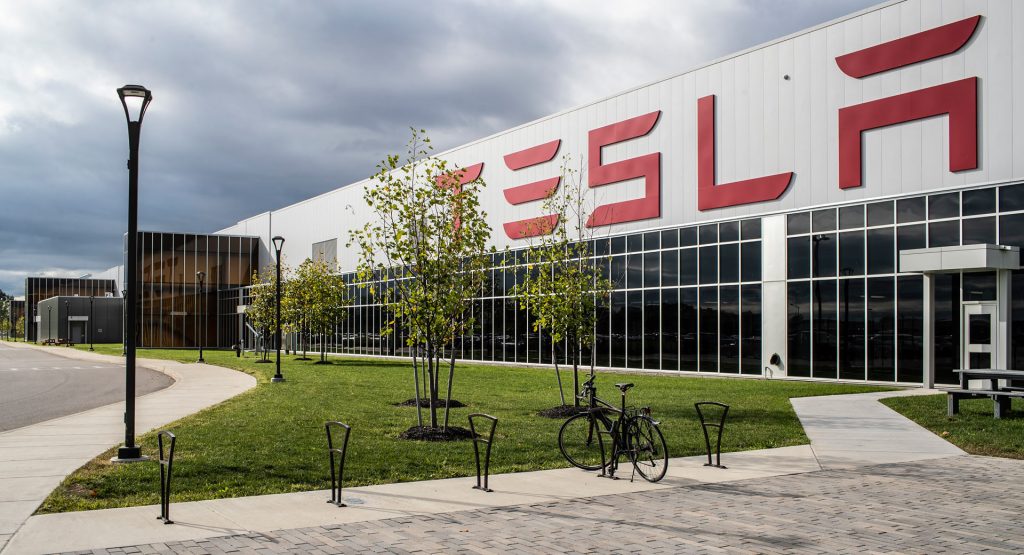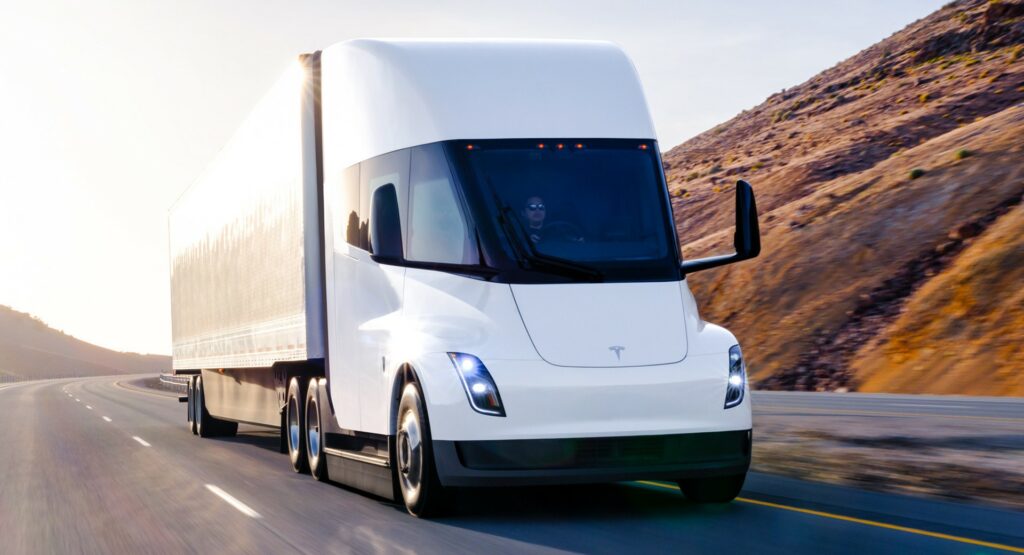During a meeting on Thursday, the Governor’s Office of Economic Development (GEOD) voted unanimously to approve a $330 million tax abatement over 20 years for Tesla. The automaker already has plans to spend another $3.6 billion in Nevada as it adds two new factories to its complex. Once done, they’ll build both the Tesla Semi and new 4680 battery cells.
The abatement package provides a 100 percent reduction in property taxes and Modified Business tax for a decade. In addition, it includes a 20-year reduction in the Sales and Use Tax rate effectively dropping it from 7.6 percent down to 5.35 percent. The remaining percentage covers both local school support and the state portion of the tax says the Nevada Independant.
While it might sound like Tesla is getting away like a bandit in Nevada, it’s worth noting that the GEOD estimates that the automaker will still pay some $766 million in taxes over the same 20-year period. Both the government and Tesla seem to see the move as a win.
More: Tesla Will Spend $3.6 Billion Expanding Nevada Gigafactory To Produce The Semi

“Hopefully this will be the model moving forward for the continued diversification of the state’s economy,” said Governor Joe Lombardo during the meeting, adding later that “this is very beneficial across the board, both in economic development and to build out the quality of life for every Nevadan.”
Estimates indicate that the project will create more than 9,000 jobs for Nevadans. In addition, Tesla has committed to continuing its investment in K-12 robotics programs as well as higher education courses involved with manufacturing.
“The reason why we want to locate even more diversified investment in Nevada is not primarily because of an investment package or because of an incentive package, it’s in fact because our team really loves being in Nevada,” said Tesla executive Rohan Patel. “We like the state. We like the workforce. We like the things that you guys have built here.”
The finished factories will include one dedicated to the first production facility specifically for the Tesla Semi. The other will expand the automaker’s ability to create its proprietary 4680 battery cells with the goal of supplying some 1.5 million vehicles each year.





